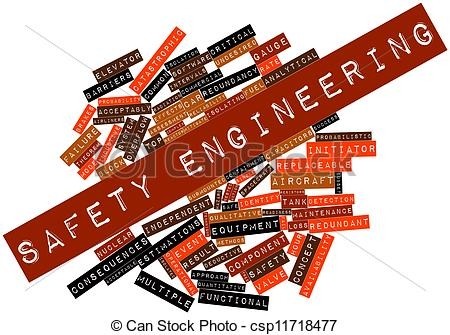Introduction To Safety Engineering

Safety engineering aims to keep people, property and the environment safe from chemical, physical, psychological and biological hazards. Safety engineers work in a variety of fields, such as manufacturing, medicine, consulting firms, construction and insurance.
Function
Safety engineers analyze potentially dangerous situations and develop plans to prevent or control hazardous conditions. They implement safety programs and teach others to work safely. Safety engineers also measure the effectiveness of hazard control programs.
Considerations
As of 2010, computer-integrated manufacturing, software safety and environmental safety represent fast-growing areas in the field of safety, according to the American Society of Safety Engineers (ASSE).
Requirements
A career in safety engineering requires at least a bachelor's degree, according to ASSE. Over 125 colleges offer degree programs in environmental protection, safety management or occupational safety. In addition, safety engineers must understand the basics of chemistry, physics, biology, statistics, business and psychology
Function
Safety engineers analyze potentially dangerous situations and develop plans to prevent or control hazardous conditions. They implement safety programs and teach others to work safely. Safety engineers also measure the effectiveness of hazard control programs.
Considerations
As of 2010, computer-integrated manufacturing, software safety and environmental safety represent fast-growing areas in the field of safety, according to the American Society of Safety Engineers (ASSE).
Requirements
A career in safety engineering requires at least a bachelor's degree, according to ASSE. Over 125 colleges offer degree programs in environmental protection, safety management or occupational safety. In addition, safety engineers must understand the basics of chemistry, physics, biology, statistics, business and psychology
- a5285d2098ce9179bfab79c932ae4d6783.jpg